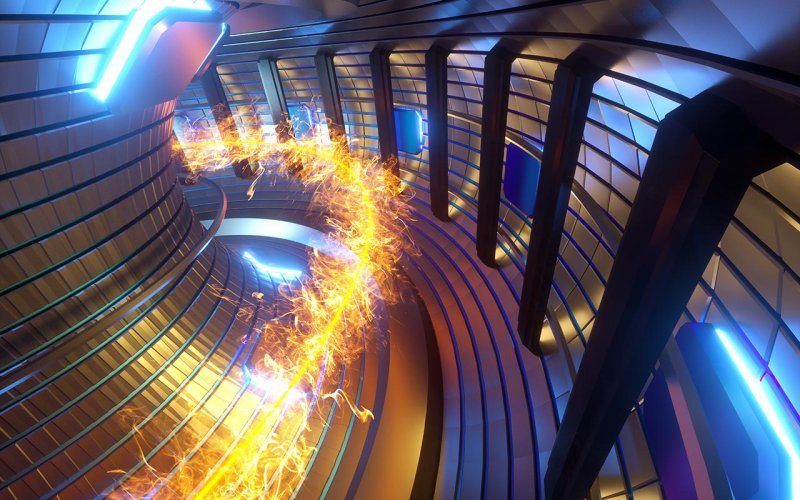Is plasma formed during the burning of a flame? And if so, can the flame react to an electromagnetic field?
Plasma refers to a gas consisting of charged particles. Due to the high temperature of the flame, a neutral gas molecule (e.g., O2) can rupture into a free electron and a positive O2 ion and a candle flame can contain plasma. Indeed, such plasma is very sparse — there are fewer charged particles in it than the recommended molecules. The process that I have described as the rupture of molecules is called ionization. Ionization can be achieved in other ways (e.g. by candle flame, high temperature, or electromagnetic radiation) and we encounter it, for example, with lightning (see the question about lightning), fluorescent lamps or arc welding.
Because plasma consists of charged particles, it reacts to both magnetic and electric poles. Because the resulting plasma is sparse (it contains few charged particles), we must have strong sources of the current field to demonstrate the influence of an electric or magnetic field on its behavior.
In connection with the question of the spread of lightning, it is now clear why lightning strikes more often in places that burn.
Want to ask something?
Send us an e-mail with the subject “Physics mysteries” to the address:
We can't wait to tackle your interesting questions!





